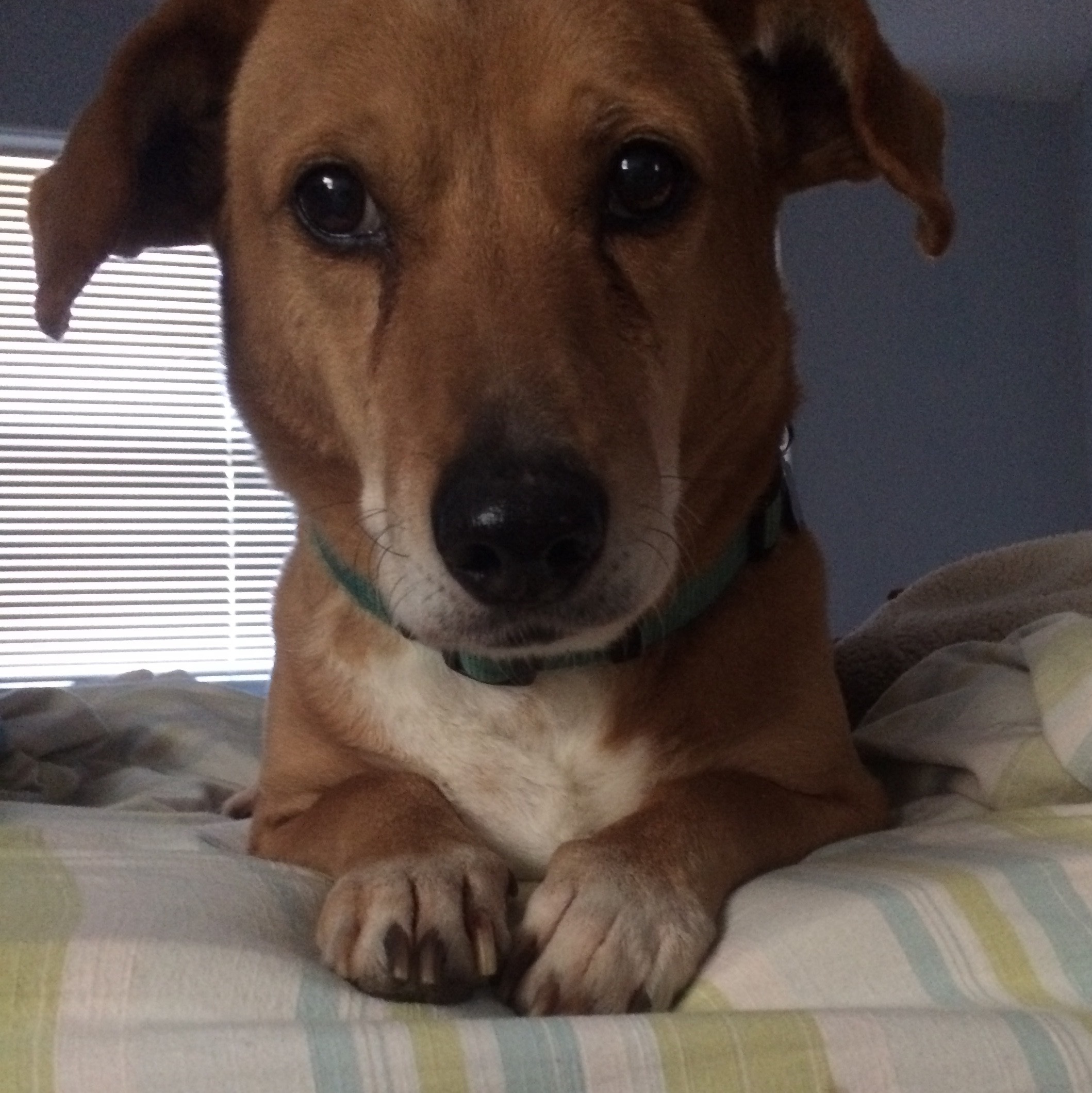Pierre Jacques Druet
Pierre-Jacques Druet
Clos de Danzay Chinon Cabernet Franc 1993
This has held up remarkably well for 27 years! — 6 years ago
Château Pichon Longueville Comtesse de Lalande
Pauillac Red Bordeaux Blend 2005
Pichon Lalande is my favorite 2nd growth with a steak. Yup...it's #SteakandClaret night to quote my buddy Gary Westby. Further, it's certainly one of my favorite producers period. I've waited for this wine to be in the bottle for 10 years before finding out definitely how good it was or wasn't. You see, the 05 Bordeaux vintage was exceptional. It's drinking right now better than 00. 00 may turn out to be better, but not for some time. The real issue was the division of scores between RP & NM. Parker had this as low as an 86 and now has it at 89. Neil Martin has been consistently at 95-96. I found it simply inexplicable that Pichon Lalande could have bombed in such a great vintage. Tonight, I know they didn't. This wine is beautiful. Although, I don't believe it will cellar as long as their some of their very best vintages and many others I've enjoyed. On the nose, bramble, ripe blackberries, dark cherries, notes of blueberries, poached strawberries, graphite, baking spices, cedar, lightly perfumed violets and dark, fresh & dry red flowers. The body is medium-medium plus, tannins nicely resolved with 10 years to be completely resolved. Fruits of; ripe blackberries, dark cherries, notes of blueberries, poached strawberries and pomegranate with a whiff of spice. There's notes of dry bramble, soft leather, fresh violets, graphite, cedar, dry stones, dark rich earth, limestone, tobacco, spice-box, vanilla, very light cinnamon & nutmeg. The finish is very long, elegant, ripe, round, smooth, good acidity and beautifully elegant...50-50 earth & fruit. I bought more bottles of this at $85 after it's was first released in futures and I do not regret it. $85 is proving to be a steal for this wine when it normally sells for between $100-$150 a bottle and higher. Might heavy up further after tonight if I find more around the same price. Oh yes...I'm with NM on the scoring. Photos of the Chateau, estate vines, newer tasting room & the Virginie de Pichon-Longueville, Comtesse de Lalande. Forgive my long post, but my passion and love for this producer is profound. Producer history and notes...as I wrote in an earlier post for Pichon Baron, Pichon Baron and Lalande started as one entity. The first mention of what is now called Chateau Pichon Lalande was the creation of Pierre de Mazure de Rauzan. Pierre de Mazure de Rauzan is responsible for forming many of the top Bordeaux estates today. Pichon Lalande was given its name when Therse, the daughter of the founder received the estate as a dowry when she married Jacques de Pichon Longueville. Pichon Lalande was essentially managed by three women, Therese de Rauzan, Germaine de Lajus and Marie Branda de Terrefort. On the eve of his death in 1850, Baron Joseph de Pichon Longueville divided the property between his five children. His three daughters received Pichon Lalande and his sons Pichon Baron. What happened next was Virginie, the wife of the Count of Lalande took over the management of the estate under the name of Comtesse de Lalande. In 1850 she commissioned the popular, architect Duphot to build a residence inspired by the Hotel de Lalande, located in Bordeaux. Without heirs, Pichon Lalande passed down from aunts to nieces. Following World War I, the Miailhe brothers, bought Pichon Lalande in 1925. They were the ones who planted even more Merlot. May-Eliane de Lencquesaing, the daughter of Edouard Miailhe became the new owner and general manager of Chateau Pichon Lalande in 1978. She expand the size of Chateau Pichon Lalande from 40 hectares to it's current 89 hectares. Chateau Pichon Lalande remained in the same family for more than 250 years! In fact, over three centuries, only two families have owned Pichon Lalande. May-Eliane de Lencquesaing sold Pichon Lalande to the owners of Roederer Champagnein in January 2007. This family-run company is managed by Frederic Rouzaud who owned several other wine estates in Bordeaux; Chateau Bernadotte, Chateau de Pez, Haut Beausejour and Chateau Reaut la Graviere. He sold Chateau Bernadotte in December 2012. In February, 2011, Sylvie Cazes was named the director of Chateau Pichon Lalande. She replaced Gildas d’Ollone. Sylvie Cazes was replaced in 2012 by current Director Nicolas Glumineau, who was previously at Chateau Montrose. In 2012, Pichon Lalande renovated the estate with a budget estimated at over 15 Million Euros. The new facilities included; building of a new underground barrel aging cellar and several new buildings...one that houses their new tasting room as shown. This renovation provided numerous improvements in their wine making. Most importantly, in the vinification. They created a new, triple tiered, cellar where everything moves by gravity. They also added numerous new, stainless steel, temperature controlled, double skinned vats. These new vats allow Pichon Lalande to vinify on a parcel by parcel basis as well as get much softer & gentle extractions. The 89 hectare vineyard of Chateau Pichon Lalande is located adjacent to Chateau Latour and and across the road from Pichon Baron. The terroir of Chateau Pichon Lalande is deep gravel with clay and limestone soil and is planted to; 61% Cabernet Sauvignon, 32% Merlot, 4% Cabernet Franc and 3% Petit Verdot. — 8 years ago

Pierre-Jacques Druet
Vaumoreau Bourgueil Cabernet Franc 2001
Unexpected interesting Cab Franc with butting profile and that classic CF peppar poking through. — 10 months ago
Taittinger
Comtes de Champagne Grand Crus Brut Blanc de Blancs 2007
Well...this was one hell of a week. There is only one way to wind it down. Reach for an excellent bottle of vintage Champagne.
My first thoughts are how delicate this is on the palate. Further, how unbelievable it will be with another 8-10 years in bottle.
The nose shows; slightly sour lemon, the good parts of lemon Pledge, lemon meringue, white stone fruits, pineapple fresh with lots of juice, grapefruit, lime pulp, honeysuckle, soft, haunting caramel, brioche, limestone & slightly, dirty, grey volcanics, saline, sea fossils, sea spray, bread dough, vanilla, white spices-light ginger with spring flowers, mixed floral greens & lilies.
The body is light on its feet and dances on the palate. Delicacy abounds. Its soft, gorgeous mousse right there with the best money can buy. Slightly sour lemon, lemon meringue, green & with more bruised golden apple, white stone fruits, pineapple fresh with lots of juice, grapefruit, lime pulp, touch of apple cider, honeysuckle, soft, haunting caramel, ginger ale into cream soda, brioche, nougat, toffee notes, lighter nuts without skin, limestone & slightly, dirty, grey volcanics, saline, sea fossils, sea spray, bread dough, vanillin, marzipan, white spices-light ginger with spring flowers, mixed floral greens & lilies. The acidity is mellow yet lively, gorgeous and as good as it gets. The finish is all luxury. So well knitted & balanced, elegant, rich but not overpowering and gently persisting several minutes.
Photos of; The House of Taittinger, their caves so chalky white and built on the famous Crayères Cellars of Reims: 2.5 miles of tunnels (they own 1/4 to 1/3 of it) cut out of chalk by the Romans, the portrait of Thibaud IV who was a king, lord, manager, singer, conqueror, explorer & 11th century Crusader all rolled into one from which, this Cuvée was the catalyst creation and part of the 600 plus hectares they own in Champange.
Some producer notes; Taittinger's history can be traced back to 1734, when it was originally known as Forest-Fourneaux, founded by Jacques Fourneaux who worked closely with local Benedictine monks to learn how to produce wine. They were just the 3rd Champange house.
The estate was bought by the Taittingers – a family of wine merchants – in 1932, and thanks to the great depression and subsequent low land prices, the family also picked up huge swathes of vineyard. From 1945-1960, Francois Taittinger established the cellars in the Abbey of Saint-Nicaise, and after his death in 1960 his brother Claude took over, pushing the estate into a Champagne house of world renown. Such was the status of the label that the Taittinger family soon expanded its business into other luxury goods. However, this eventually led to financial difficulties, and in 2005 the Taittinger brand – including the Champagne house – was sold to the American owned Starwood Hotel Group. The sale was badly received by the Champagne industry, with many fearing the new owners – unfamiliar with the culture of Champagne – would put profit ahead of quality.
Just one year later, Claude’s nephew, Pierre-Emmanuel Taittinger, who had always been opposed to the sale, negotiated a €660m deal with the Starwood Group, and the Taittinger family resumed ownership of the company.
In 2017, Taittinger planted its first vines in England, near a village in Kent, for its venture into English sparkling wine. The first bottle will be ready in 2023.
1/8/21 — 5 years ago


Château Pierre-Bise
Le Haut De La Garde Anjou Chenin Blanc 2005
Vintage 2005 | gold colour, apricot in smell, apricot kernel bitters in taste. Fine balance but absolutely for people with acquired taste. Old Chenin Blanc that fitted excellent with Coquilles Saint Jacques, fennel and streaky bacon. At restaurant Provence in Zaltbommel. — 5 years ago
Domaine Comte Abbatucci
Cuvée Collection Ministre Impérial Jacques-Pierre-Charles Abbatucci Red Blend 2010
really likes this as 'different'. stood unique from everything else and released the inner wine geek (The Kracken) — 9 years ago
Pierre Alain Meylan
Vaud Gamaret 2012
First time sipping a wine from Switzerland *and* it was brought to me by Jacques Villeneuve. What's not to love? Fresh and lively with juicy pomegranate and light woodsmoke. Happy. — 10 years ago










Scott Kahn
Very enjoyable Cabernet Franc with ripe fruit - completely lacking the herbaceous notes sometime present with this varietal. Rich flavors and elegant nose - 2009 seems to be an ideal year for Loire Cabernet Franc — 2 months ago